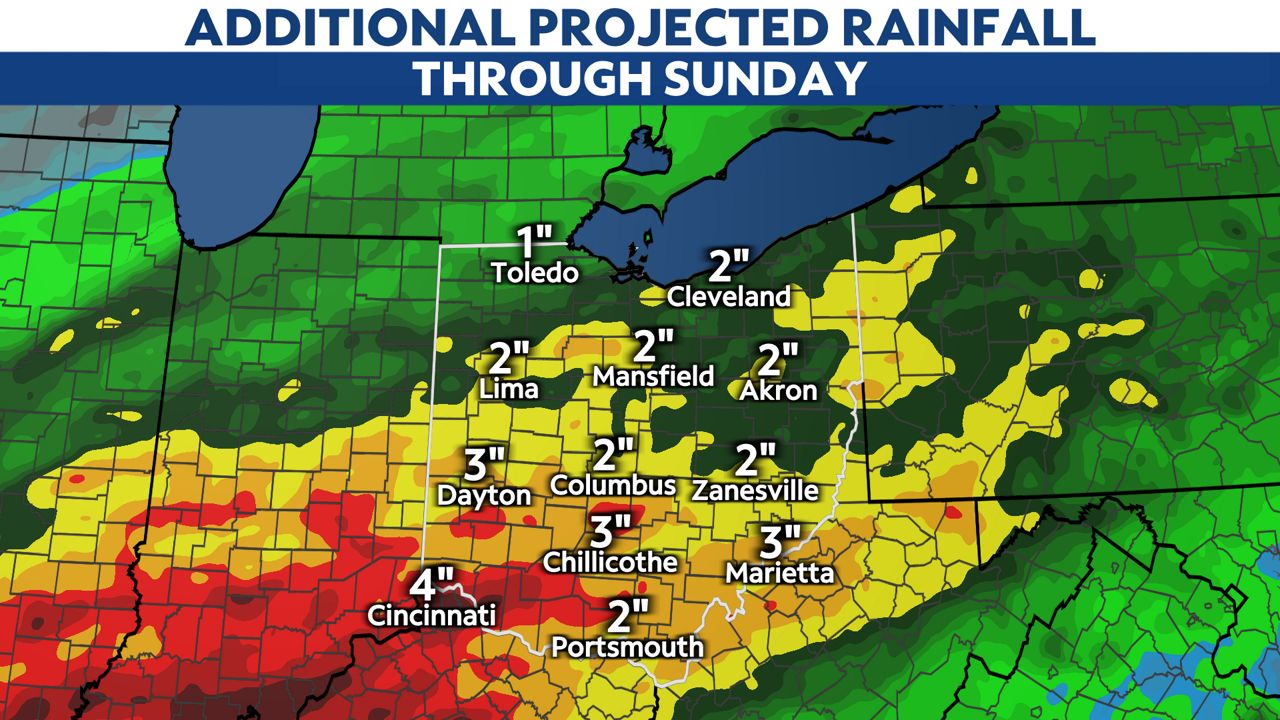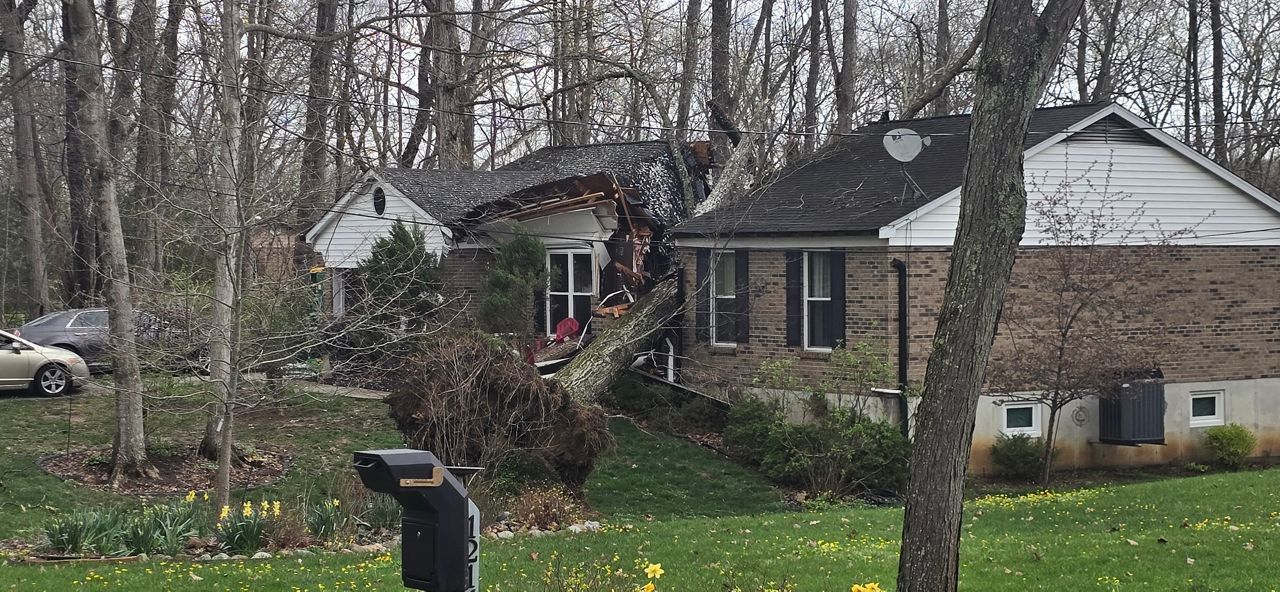CLEVELAND — Ohio State Rep. Dontavius Jarrells, D-Columbus, is aiming to eliminate lead pipes in Ohio with his recently-introduced bill called the “Lead Line Replacement Act.”
“I’m just a kid from Cleveland who happened to be lead poisoned and really want to make sure that no family, no child has to go through what I went through as a child,” Jarrells said.
In 2021, the U.S. Environmental Protection Agency (EPA) ranked Ohio third in the nation for the most lead pipes serving water to families, with an estimated 745,000 still in use.
The new bill aims to eliminate all lead water service lines in the state within 15 years.
“I believe every Ohioan should have the ability to turn on their faucet and drink clean, safe water,” Jarrells said.
The EPA is expected to pass a similar rule in the fall, which would require the removal of all lead pipes across the country in the coming decades.
Jarrells’s legislation would ensure our state takes those steps in a timely manner, regardless of what happens on the federal level.
“Whether it's lead on the walls from lead paint or the lead lines that are underneath the ground, our families are silently suffering,” he said.
Research from the Cleveland Clinic shows elevated blood lead levels can severely affect mental and physical development, especially in children, and there is no cure. The rate of lead poisoning in Cleveland is almost four times the national average.
As a child, Jarrells got lead poisoning in his grandmother’s apartment. He said he was lucky to have the support of his family to get him through, but it was hard.
“I was the kid who couldn't really enunciate words and, you know, just couldn't get it out,” Jarrells said. “And part of it, I believe, is because of the visceral effects of lead poisoning.”
It would cost around five billion dollars to replace all of the state’s lead pipes, which Jarrells said is well worth it.
“We know that to do nothing, the cost of doing nothing means that families continue to suffer by drinking lead tainted water,” he said. “And those families with the lack of health care access, with the lack of education opportunities, will continue to cost us in the long run as a community.”
He believes this legislation would actually grow the economy by creating jobs and decreasing the negative health impacts of lead poisoning.
“For every dollar we invest, every dollar we invest in removing lead service lines, it is a $45 economic return on that investment,” he said.
The bill has the support of the Ohio Environmental Council, where Annalisa Rocca is Drinking Water Manager.
She said they’ve partnered with labor leaders in the state to ensure jobs that emerge as a result of this bill would pay livable wages.
“And there will be a program created within the US EPA that will be a training and certification program for operators,” Rocca said. “So, we know that this work is getting done well and done correctly.”
For now, Jarrells is touring the state to educate residents about his bill as he waits for it to move through the statehouse.
But he hopes soon, it will help save kids like him.
“The truth of the matter is, this was my starting journey, and it was taking me all the way to the state house because I get to now talk about my experience with lead so that families don't have to go through what I went through,” he said.












